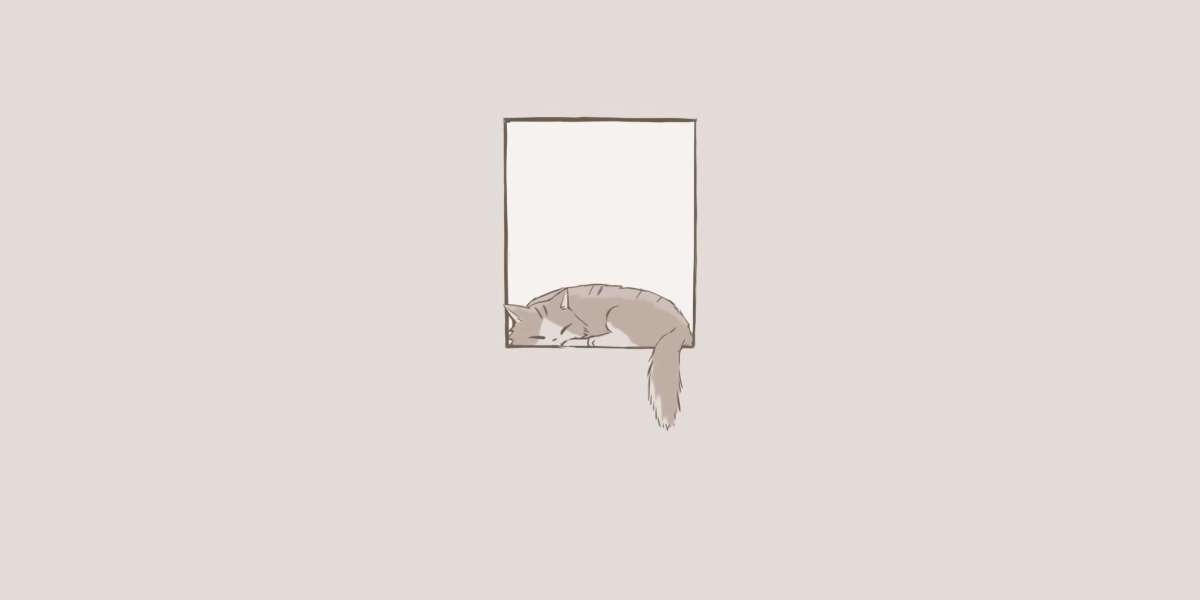In recent years, 3D printers have emerged as a transformative technology in the field of manufacturing. This innovative approach allows for the creation of complex structures and components with unprecedented precision and efficiency. But what exactly makes 3D printing so revolutionary?

Understanding 3D Printers
3D printers utilize additive manufacturing techniques to build objects layer by layer from digital models. This process contrasts sharply with traditional subtractive manufacturing methods, which often waste materials. By using various materials such as plastics, metals, and even biological substances, 3D printers can produce a wide range of products, from prototypes to end-use parts.
Applications of 3D Printing in Manufacturing
The versatility of 3D printers has led to their adoption across multiple industries. Here are some key applications:
- Aerospace: Lightweight components are crucial for fuel efficiency, and 3D printing allows for the creation of intricate designs that traditional methods cannot achieve.
- Healthcare: Custom prosthetics and implants can be tailored to individual patients, improving comfort and functionality.
- Automotive: Rapid prototyping enables manufacturers to test designs quickly, reducing time-to-market for new vehicles.
- Consumer Goods: Personalized products, such as custom jewelry or home decor, can be produced on demand.
Benefits of 3D Printing in Modern Manufacturing
What are the advantages of incorporating 3D printers into manufacturing processes? The benefits are numerous:
- Cost Efficiency: Reduced material waste and lower labor costs can significantly decrease production expenses.
- Speed: The ability to produce parts quickly allows companies to respond to market demands more effectively.
- Customization: Manufacturers can easily modify designs to meet specific customer needs without extensive retooling.
- Complexity: 3D printing enables the creation of complex geometries that are often impossible with traditional methods.
The Future of 3D Printing
As technology continues to advance, the future of 3D printers looks promising. Innovations in materials and printing techniques will likely expand the capabilities of these machines. For instance, the integration of artificial intelligence could enhance design processes and optimize production workflows. Furthermore, as sustainability becomes a priority, 3D printing may offer solutions for reducing environmental impact through localized manufacturing.
Conclusion
In conclusion, the impact of 3D printers on modern manufacturing is profound and far-reaching. By enabling greater efficiency, customization, and innovation, these machines are reshaping the landscape of production. If you are interested in exploring the capabilities of 3D printers, consider visiting  3d printers"> for more information on high-quality 3D printing solutions.
3d printers"> for more information on high-quality 3D printing solutions.







